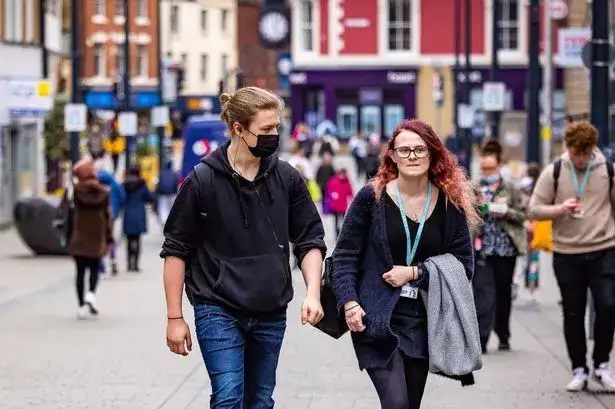Given the rise in hospitalizations, doctors claim they are having a harder time telling COVID from allergies or the regular cold.
The symptoms of the sickness that were once characteristic, like a dry cough or an absence of smell or taste, are now less frequent. Rather, lesser sickness, mainly confined to the upper respiratory tract, is what medical professionals are seeing.

The typical signs we previously saw are not present. According to Dr. Erick Eiting, vice chair of operations for emergency care at Mount Sinai Downtown in New York City, there is a lot of congestion, occasionally sneezing, and most frequently a little sore throat.
He claimed that the sore throat normally appears first, followed by congestion.
The same pattern has been noted by the Zoe COVID Symptom Study, which uses smartphone apps to gather data on self-reported symptoms in the United Kingdom. According to its research, sore throats increased in frequency when the omicron variant took over in late 2021. In contrast, the frequency of loss of smell decreased and the number of hospital admissions dropped in the summer and fall of 2021.




